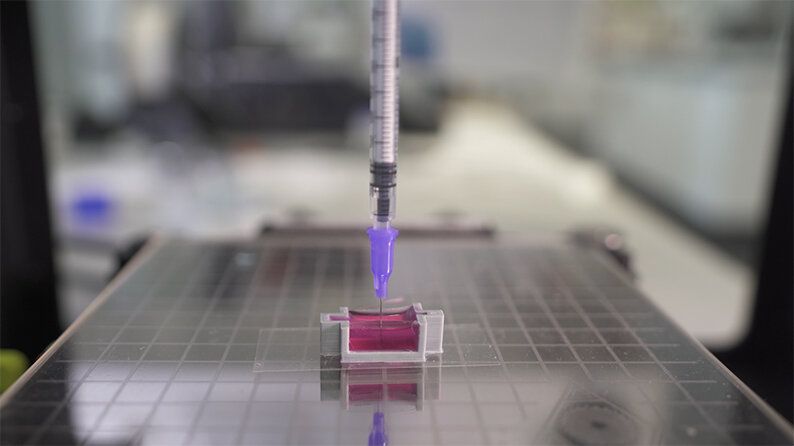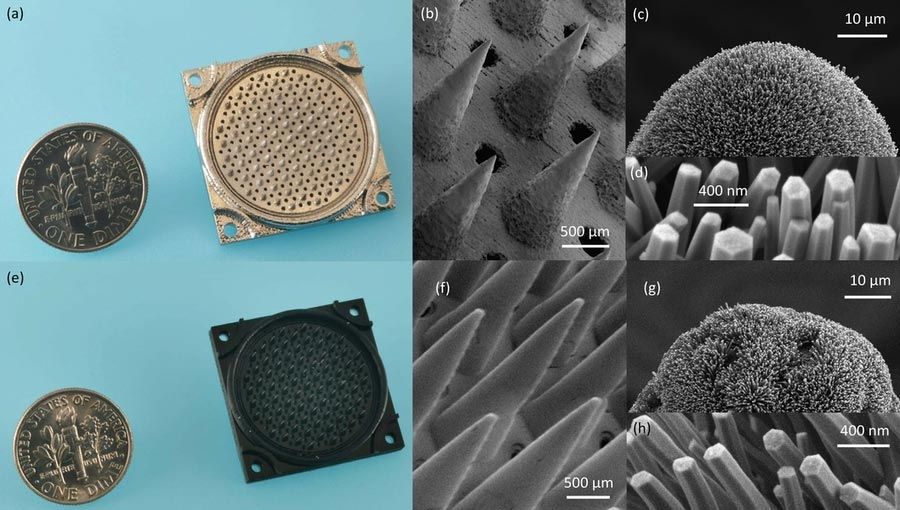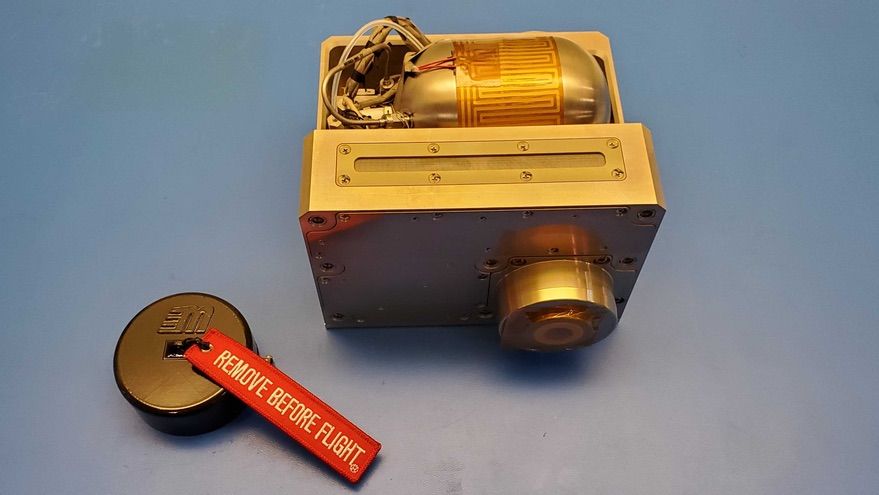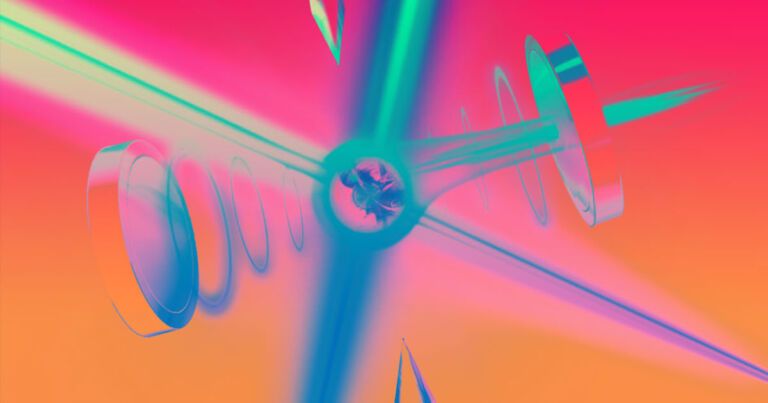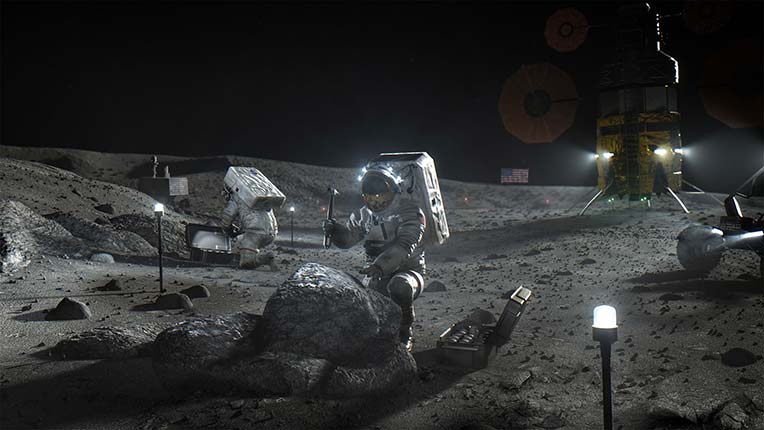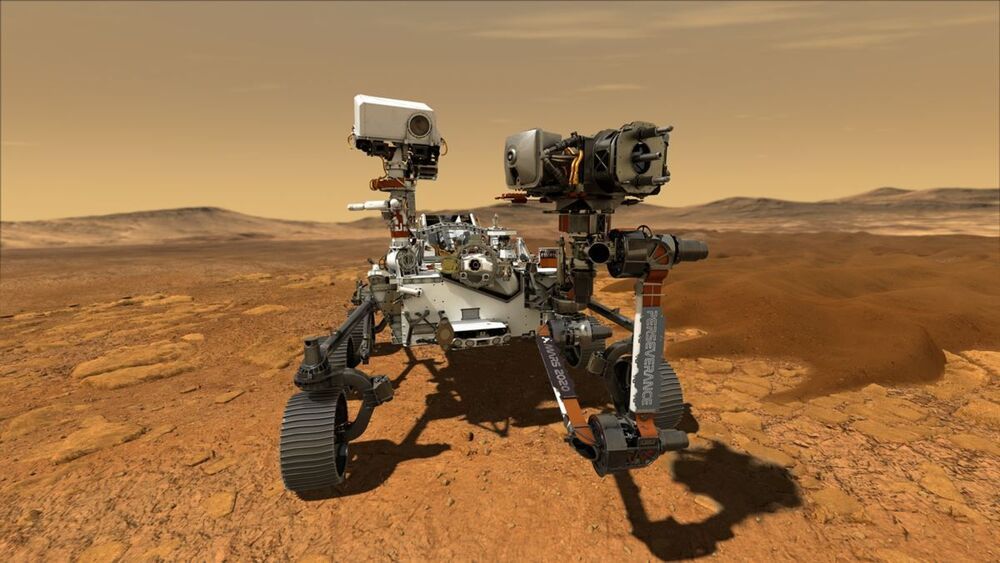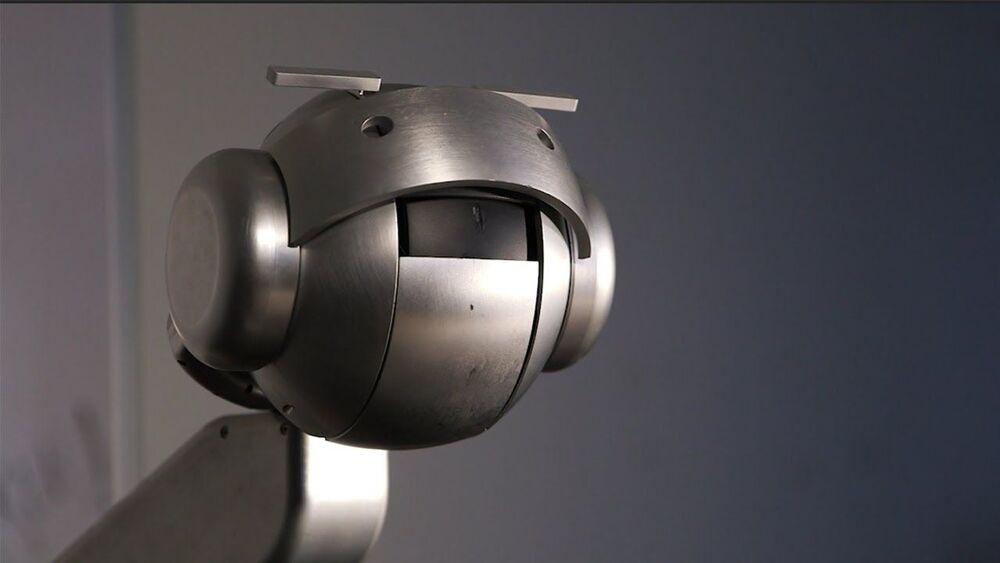Jan 25, 2021
Scientists use a novel ink to 3D print bone with living cells
Posted by Brent Ellman in categories: 3D printing, bioprinting, biotech/medical, chemistry
Scientists from UNSW Sydney have developed a ceramic-based ink that may allow surgeons in the future to 3D-print bone parts complete with living cells that could be used to repair damaged bone tissue.
Using a 3D-printer that deploys a special ink made up of calcium phosphate, the scientists developed a new technique, known as ceramic omnidirectional bioprinting in cell-suspensions (COBICS), enabling them to print bone-like structures that harden in a matter of minutes when placed in water.
While the idea of 3D-printing bone-mimicking structures is not new, this is the first time such material can be created at room temperature—complete with living cells—and without harsh chemicals or radiation, says Dr. Iman Roohani from UNSW’s School of Chemistry.
